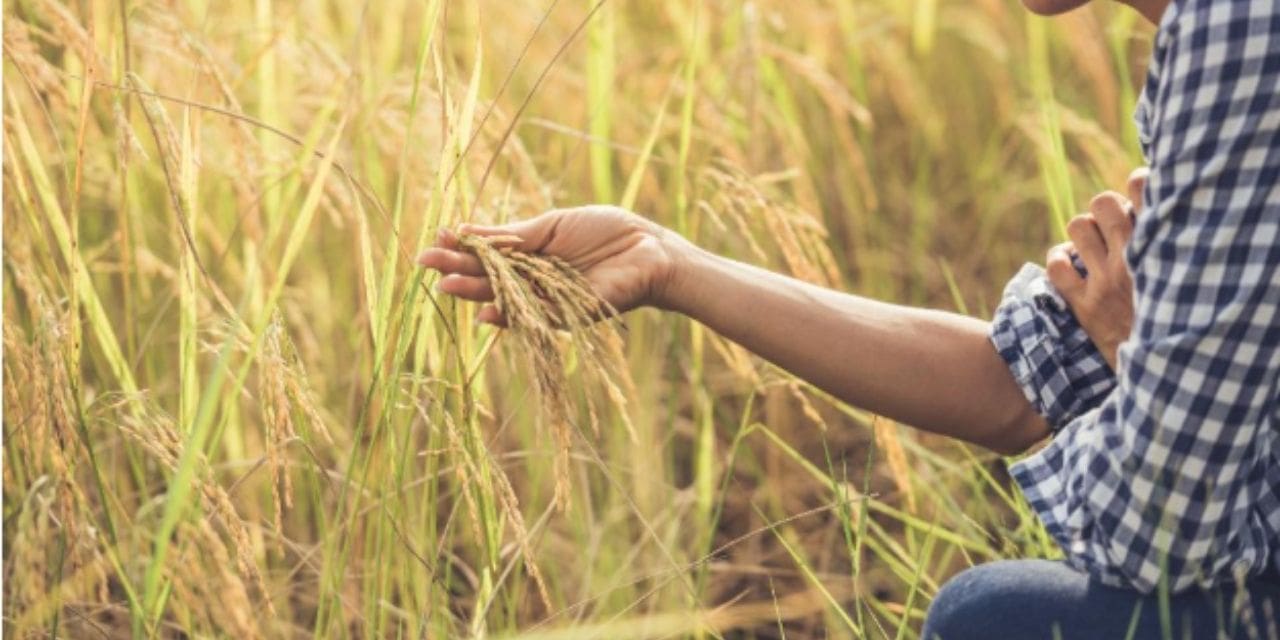Farming is tough, especially for smallholder farmers in India. Nearly 70% of the country’s rural population struggles with poverty, making things harder. This blog will explore the major economic, environmental, and social hurdles they face every day.
Keep reading to learn what’s stacked against them and why it matters for everyone.
Key Takeaways
- Smallholder farmers in India face money problems. Limited access to loans and high costs for seeds and fertilizers hurt their work. Many falls into debt with private moneylenders.
- Climate change damages farming lands. Rising temperatures, droughts, and unpredictable monsoons shrink crop yields and worsen soil health. About 63% of farmland depends on rain, making it fragile.
- Water scarcity is a big challenge. Farmers use over 80% of India’s water supply. Depleting groundwater from excessive irrigation harms food security across rural areas.
- Labor shortages due to migration leave farms without workers during planting or harvest seasons. Young Indians prefer city jobs, increasing poverty in rural villages.
- Women do almost half of farming but lack land ownership and training opportunities. If given equal resources, women could boost food production by up to 30%.
Economic Challenges
Smallholder farmers often face money troubles, which hurt their growth. They struggle to buy basics for farming while trying to keep up with rising costs.
Limited access to credit and financing
Farmers often struggle to get loans. Banks are cautious about lending due to the unpredictable nature of crop production. High risks, like poor monsoons or falling prices, make institutions hesitant.
Without proper funds, 63% of farmers reduce household expenses, which lowers agricultural productivity.
Private moneylenders charge steep interest rates. This worsens rural poverty and leaves growers trapped in debt cycles. Many small farms lack collateral or paperwork for formal credit systems.
The result is limited investment in irrigation systems or sustainable practices—hindering economic growth and food security.
Rising agricultural input costs put even more pressure on these farmers.
Rising agricultural input costs
High costs for seeds, fertilizers, and pesticides strain smallholder farmers in India. These prices rise faster than their income from crops. Power subsidies help some but don’t cover everything.
Many spend too much on inputs like irrigation systems or soil treatments. Switching to organic fertilizers could help farmers reduce costs and improve soil health in the long run. A study showed that 92% of these farmers saw household incomes drop. To cope, 63% cut living costs, leading to lower agricultural productivity. Fertilizer shortages and price hikes add fuel to the fire.
Declining yields reported by 33% of respondents make it even harder to break even each season.
Environmental Challenges
Farmers face the wrath of unpredictable weather and shrinking resources. These issues often leave their fields dry, cracked, and struggling to produce enough crops.
Impact of climate change
Rising temperatures are shrinking India’s cultivable land. Experts warn 450,000 square kilometers of rice-growing areas could disappear by 2050. This spells trouble for food supply and crop productivity in Indian agriculture, especially staple foods like cereal grain.
The effects of climate change also bring unpredictable monsoons, which smallholder farmers depend on for irrigation.
Heat stress is lowering agricultural output and pushing farming costs higher. Soil health suffers from faster erosion due to erratic rainfall patterns. Water resources run low as droughts worsen across rural regions.
A hotter planet directly threatens sustainable agriculture practices and leaves poor communities at risk of deeper poverty and hunger.
Climate change hits the poorest hardest farmers can’t farm if the rains don’t come.
Soil degradation and water scarcity
India’s soil faces trouble. Poor farming practices, overuse of fertilizers, and lack of crop rotation harm soil health. Soil erosion strips fields of nutrients needed for staple crops like rice and wheat.
About 63% of Indian farmland depends on rainfed cultivation, making it more fragile to environmental damage.
Water scarcity worsens things. Farmers struggle with irregular monsoons and depleting groundwater levels caused by excessive irrigation. The agricultural sector consumes over 80% of the country’s water supply, leaving little for other uses.
Without adapting sustainable agricultural practices or improving irrigation methods, such as adopting digital water management systems, food security is at risk across rural areas.
Labor shortages and migration create added hurdles for small farms in India’s villages.
Social Challenges
Smallholder farmers often face hurdles no one talks about enough. Social gaps, like unequal opportunities and workforce depletion, hit their daily lives hard.
Labor shortages and migration
Fewer rural workers are staying on farms. Many migrate to cities searching for better pay and stable jobs. This leaves smallholder farmers struggling to find enough labor during key seasons like planting and harvest.
The agriculture sector, heavily reliant on manual work, faces a growing gap in workforce availability.
Young people now prefer urban opportunities over farm life. Rising economic inequality forces families to leave their agricultural land behind. With 170 million rural Indians living below the poverty line, this trend worsens poverty in villages while disrupting food systems needed for food security across India’s economy.
Gender disparities in farming
Women perform almost half of all farming work in India. Yet, they rarely own land or get the same training as men. Despite their hard work, they often face barriers to using agricultural technology or accessing credit for farming tools and inputs.
If women had equal resources, their yields could rise 20%-30%. This would improve food security and lift millions out of poverty. Female-headed rural households also rely heavily on livestock farming, which makes up over 25% of India’s farm GDP but remains underfunded for women farmers.
Gender inequality keeps many poor families stuck in cycles of hunger and malnutrition.
Conclusion
Smallholder farmers in India carry a heavy load. They battle money troubles, tough weather, and social struggles every day. These challenges hit their crops, income, and way of life hard.
Helping them means boosting support for fair policies, better tools, and smarter farming methods. Their success isn’t just theirs—it feeds the nation and secures our future food supply.

